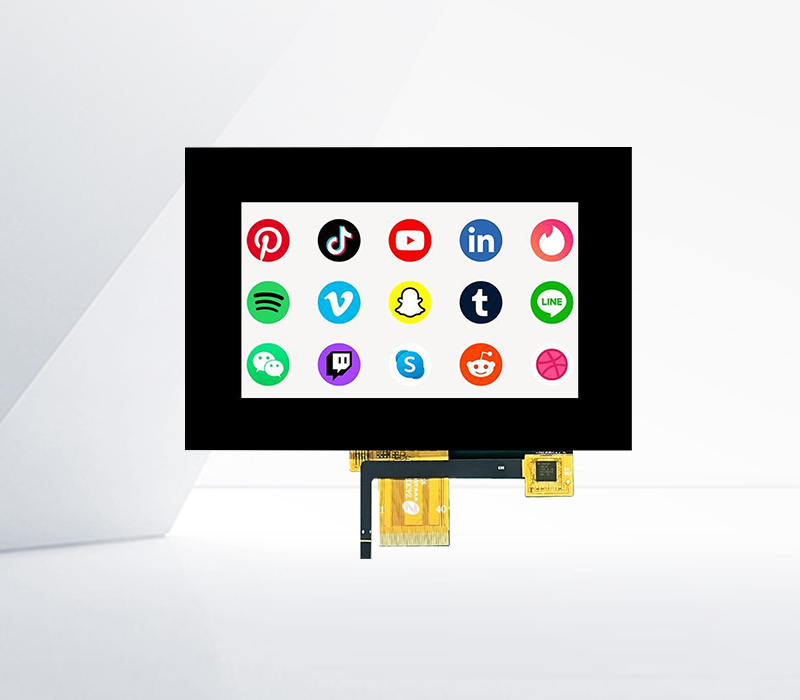




The 240x320 resolution LCD module represents a widely adopted display solution, striking a balance between screen real - estate and pixel density. In this specification, “240x320” indicates that the display comprises 240 pixels horizontally and 320 pixels vertically, resulting in a total of 76,800 individual pixels. This resolution is often denoted as QVGA (Quarter Video Graphics Array), a standard that has found applications in numerous consumer and industrial devices.
The physical size of a 240x320 LCD module can vary, but it is commonly associated with small - to - medium - sized displays, typically ranging from 2.4 to 3.5 inches diagonally. The pixel pitch, which is the distance between the centers of two adjacent pixels, is carefully designed to ensure sharp image quality within this size range. A smaller pixel pitch contributes to a more detailed and visually appealing display, reducing the appearance of pixelation.
In terms of technology, 240x320 LCD modules often utilize thin - film transistor (TFT) or passive - matrix liquid - crystal display (PM - LCD) technologies. TFT - based modules offer superior contrast ratios, faster response times, and better color accuracy. They achieve this by using individual transistors for each pixel, enabling precise control over the amount of light passing through the liquid - crystal layer. On the other hand, PM - LCDs are more cost - effective, as they rely on a simpler grid - based addressing scheme, but they may have limitations in terms of viewing angles and color performance.
These modules are extensively used in applications such as handheld gaming devices, portable media players, industrial control panels, and automotive instrument clusters. In handheld gaming devices, the 240x320 resolution provides enough detail for displaying game graphics, user interfaces, and in - game information without overwhelming the device's processing capabilities. In industrial control panels, the display can present real - time data, system status indicators, and control menus clearly and concisely.
Moreover, 240x320 LCD modules can support various color depths, from 16 - bit (65,536 colors) to 24 - bit (16.7 million colors), depending on the specific module and its intended application. Higher color depths enhance the visual quality of images and videos, making them suitable for multimedia - focused devices. However, they also require more memory and processing power for image rendering.
